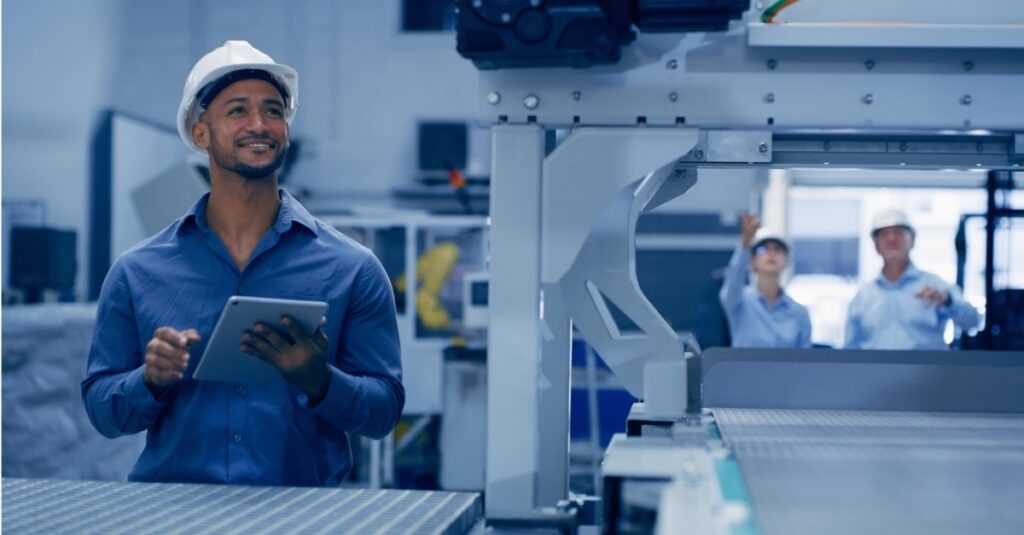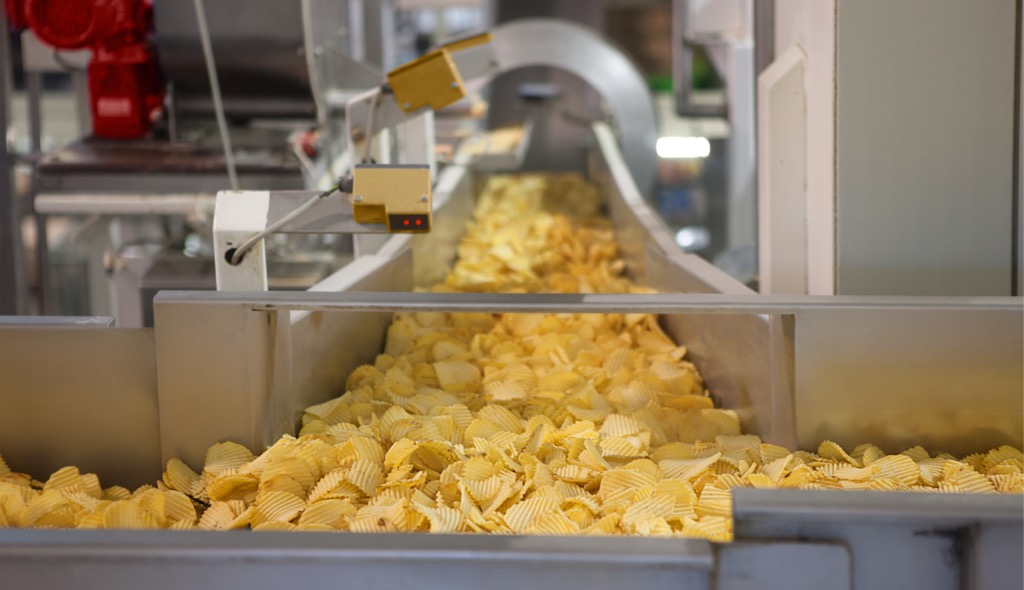
With new AI-driven Process Health technologies, steel manufacturers can now achieve the seemingly impossible: increasing throughput and yield, while cutting CO2 emissions.
By having a greater understanding of the production process, a steel manufacturer was able to reduce blast furnace emissions by 3.5% and increase blast furnace productivity by 2%. As a result, they enjoyed €1.76 million savings on a single line while reducing energy intensity by 1.5%.
These are numbers that make sense to everyone. How did they do it?
The Challenge Of Conflicting KPIs
Like many steel manufacturers, this factory was in a constant race to throughput, together with other key objectives like energy efficiency and yield.
While their team had optimized the process considerably, the complex, dynamic nature of the production process meant that throughput, yield and energy levels were still unstable. And of course, such a dynamic process produced very messy data – further complicating matters for the process experts.
What’s more, recent ambitious targets to reduce CO2 emissions added yet another layer of complexity.
This challenge was particularly stark at their blast furnace, where process experts struggled with maintaining blast furnace productivity while decreasing coke rates and cutting emissions.
Their question became: ‘How can we increase throughput while decreasing emissions?’ And they were fully aware that these two objectives appear to directly conflict with each other.
Their answer: calling in an AI-driven Process Health solution.
Unlocking The Full Potential Of Their Production Line
After an initial meeting with the Process Health team, the decision was made to start at the blast furnace, as this is where the most immediately-addressable emissions and throughput losses were identified.
After connecting to the production line data, the team could create a digital model of the entire production process, which in turn allowed algorithms to understand the intricacies of the blast furnace process, and in doing so provide accurate insights from their data.
Based on these insights, a set of clear, actionable recommendations could be offered to help achieve both main goals: increase blast furnace productivity (throughput) and reduce emissions.
Let’s break it down:
1) A Single Metric for Global Efficiency
First off, one has to create a multidimensional objective model: a unified metric for overall efficiency at the production line.
This metric takes into account all of the factory’s production objectives, as well as any other necessary constraints – from blast furnace productivity to emissions reduction, energy intensity, and coke rate (yield).
2) Quantifying Untapped Potential at The Line
Using the multidimensional objective model, the process experts could finally identify precisely when their production process was operating more or less efficiently than average.
Specifically, they found that for 38% of the time their line was performing above their average across all objectives – including both high throughput and low emissions!
It was clear, then, that the potential for improvement existed. They just needed to replicate the conditions that led to those higher efficiency levels.
3) Identifying The Most Important Process Parameters – And Their Optimal Ranges
Next, one needed to calculate an Operating Envelope, which detailed the precise process ranges and set points that would optimize all their objectives – resulting in higher blast furnace throughput, as well as lower emissions and optimal energy efficiency.
Meanwhile, another keen insight was revealed to the manufacturing team. The blast furnace was already achieving that more efficient Operating Envelope 27% of the time! This meant that the target was even more realistic than they had imagined since their production line was clearly capable of it.
All that remained now was to ensure that the process remained within the envelope more often. Having revealed the full, hidden potential of their production line, the process experts could now give clear instructions and recommendations to the operators.
4) Preventing Inefficiencies Before They Happen
To ensure these ideal conditions are maintained on the line, the process experts then created Proactive Alerts, which alert the production team to any inefficiencies as they occur. These alerts tell the team precisely what tags need adjusting, and also include Standard Operating Procedures – so operators know precisely how, where and when to act to prevent inefficiencies and continuously maintain the optimal process settings.
5) Onward And Upward With Continuous improvement
Of course, the key to Industrial Artificial Intelligence is a focus on continuous improvement – not a one-time benefit. Once implemented on the line, an AI-driven Process Health solution can continuously monitor the process and adapts to any changes in the line.
In addition, the process experts can also apply an Impact Analysis tool to monitor how changes on the line impact its performance over time. This enables them to refine their existing Proactive Alerts and add new ones, as well as to adjust their production objectives and constraints as appropriate.
Result: Global Process Efficiency
Armed with the optimal set points, and the ability to physically maintain those set points on the line, the manufacturing team were able to increase blast furnace productivity (throughput) by 2%, while lowering energy intensity by 1.5% and maintaining a stable coke rate.
This resulted in €1.76 million in savings and extra profit on that single production line.
At the same time, they also reduced annual emissions by 3.5%!
In addition, by knowing the Operating Envelope, their process experts gained a deeper understanding of their production processes in general, with concrete metrics and recommendations. This saves time and effort, as process experts no longer have to spend hours theorizing and guessing the root causes of process inefficiencies.
Are you interested in learning more about unlocking the full potential of your steel factory? Contact us today!




